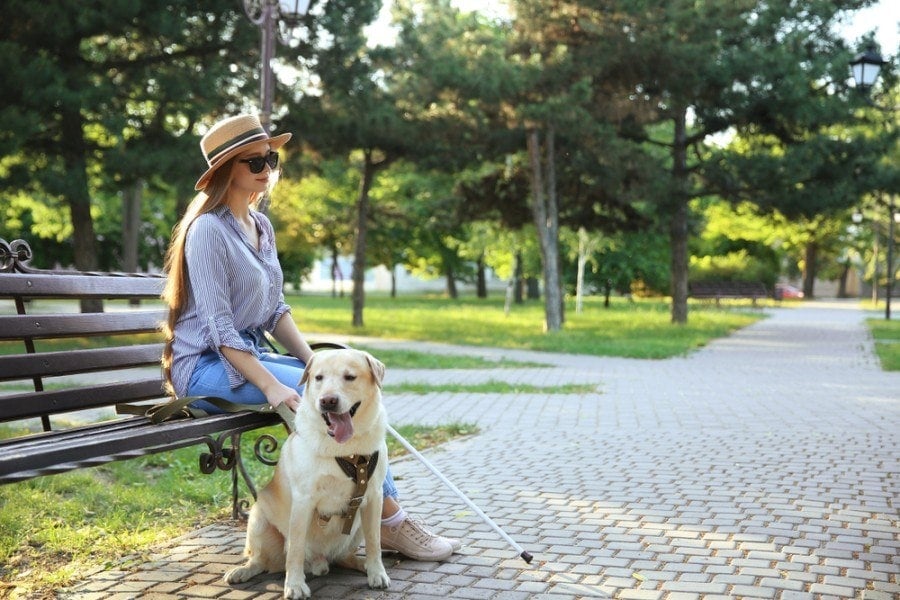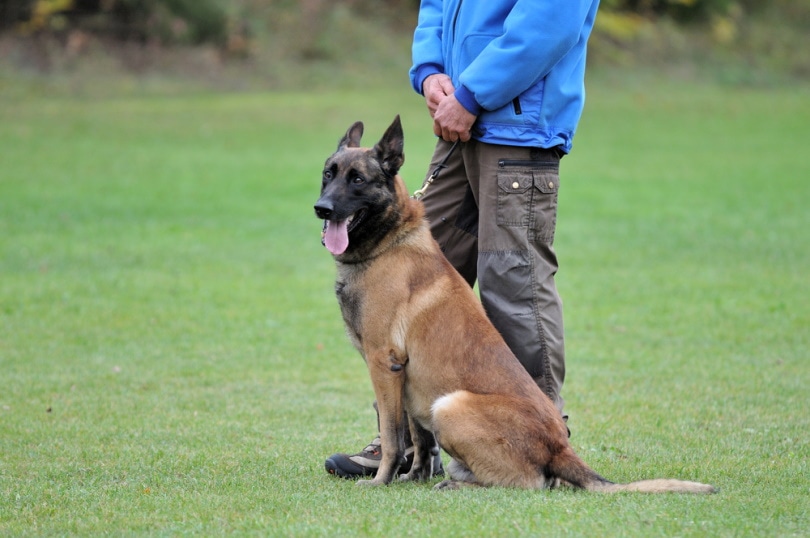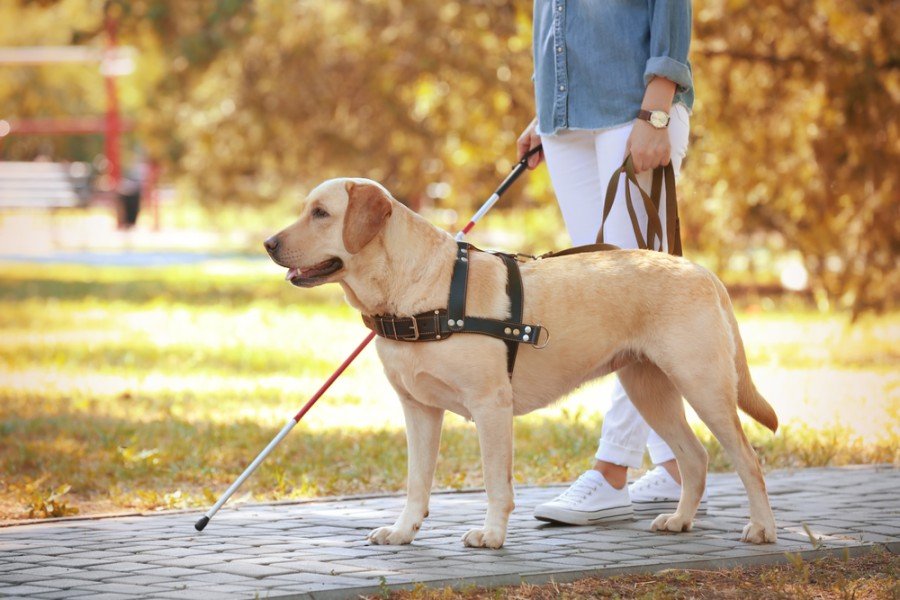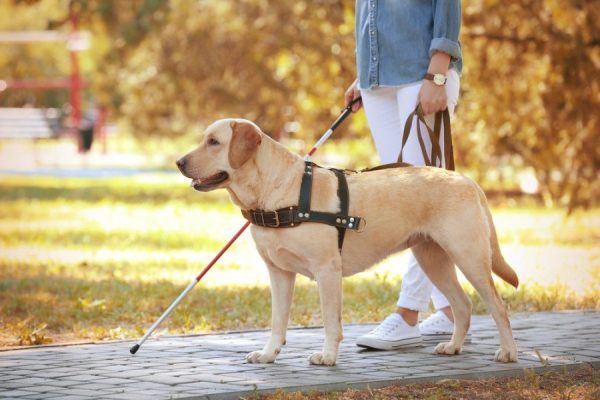While it is possible to train any dog to be a service or guide dog to a certain extent, some breeds are better at it than others. Even then, some dogs within a breed that’s thought to be a good service or training breed are just not cut out for the job. Once you do identify a dog that’s suitable for service or guide training, it takes a while time to complete the training process so they can excel at their jobs.
So, how long does it take to train a service or guide dog? The answer isn’t simple, although there are guidelines that can be referred to when planning to train a dog as a service or guide dog. According to the guidelines set by the International Association of Assistance Dog Partners, it should take about 120 hours of professional training and an additional 30 hours of social training in public settings. Here is everything that you need to know.
 You’re Looking at More Than 120 Hours
You’re Looking at More Than 120 Hours
According to the guidelines set by the International Association of Assistance Dog Partners, it should take about 120 hours of professional training and an additional 30 hours of social training in public settings. The training should take place over at least 6 months, to ensure that the training is not rushed and that nothing important is overlooked.
Before training can even begin, it is important to assess whether your dog is a good candidate for such training. Your dog must be patient, sociable, good with children and other animals, and used to stressful and engaging situations. Service and guide dogs are responsible for a variety of tasks, including:
- Guiding the blind
- Guiding the deaf
- Mobility assistance
- Seizure response
- Diabetes assistance
- Mental health support
Service dogs may help retrieve items for those who physically cannot do so themselves. They should always be willing to please their masters. They should be ready and willing to follow their owners wherever they go. They should remain calm even in exasperating situations. They should also be alert at all times.
Your dog may take up to 2 years to train depending on their age, temperament, and instinctive personality. Some dogs need more time to grow their strengths while working to restrain their shortfalls. Others are good at learning all these tasks and behaviors, so it does not take them as long to become reliable service or guide dogs.

What Breeds Are Best Suited as Service and Guide Dogs?
Virtually any dog can be trained as a service and guide dog. However, some breeds make better service and guide dogs than others because of things like their instinctive personalities, temperaments, and behaviors. This makes them easier to train and more reliable when it comes to their service offerings overall. Here are the best-suited breeds for service and guide dogs:
Service Dogs
Guide Dogs

How to Get Started With the Training Process
It is important to work with a professional when training your dog to be a service or guide dog. You can start yourself with obedience training, but a professional should step in to train specific service, guidance, and social skills. You can learn from the professional how to execute the commands, how to reward the commands that are well received and executed, and how to correct behavioral and working behaviors when necessary.
Conclusion
It’s important to keep an open mind, have plenty of patience, and seek the help of a professional when training your dog to be a service and/or guide dog. While the breeds listed here are most suitable for service or guide dog training, almost any dog can achieve at least the minimum when it comes to helping people live happier and healthier lives overall.
See Also:
- How to Become a Guide Dog Trainer: 7 Important Steps
- Dog Training Education Month: What Is It & How to Celebrate
Featured Image Credit: Africa Studio, Shutterstock













